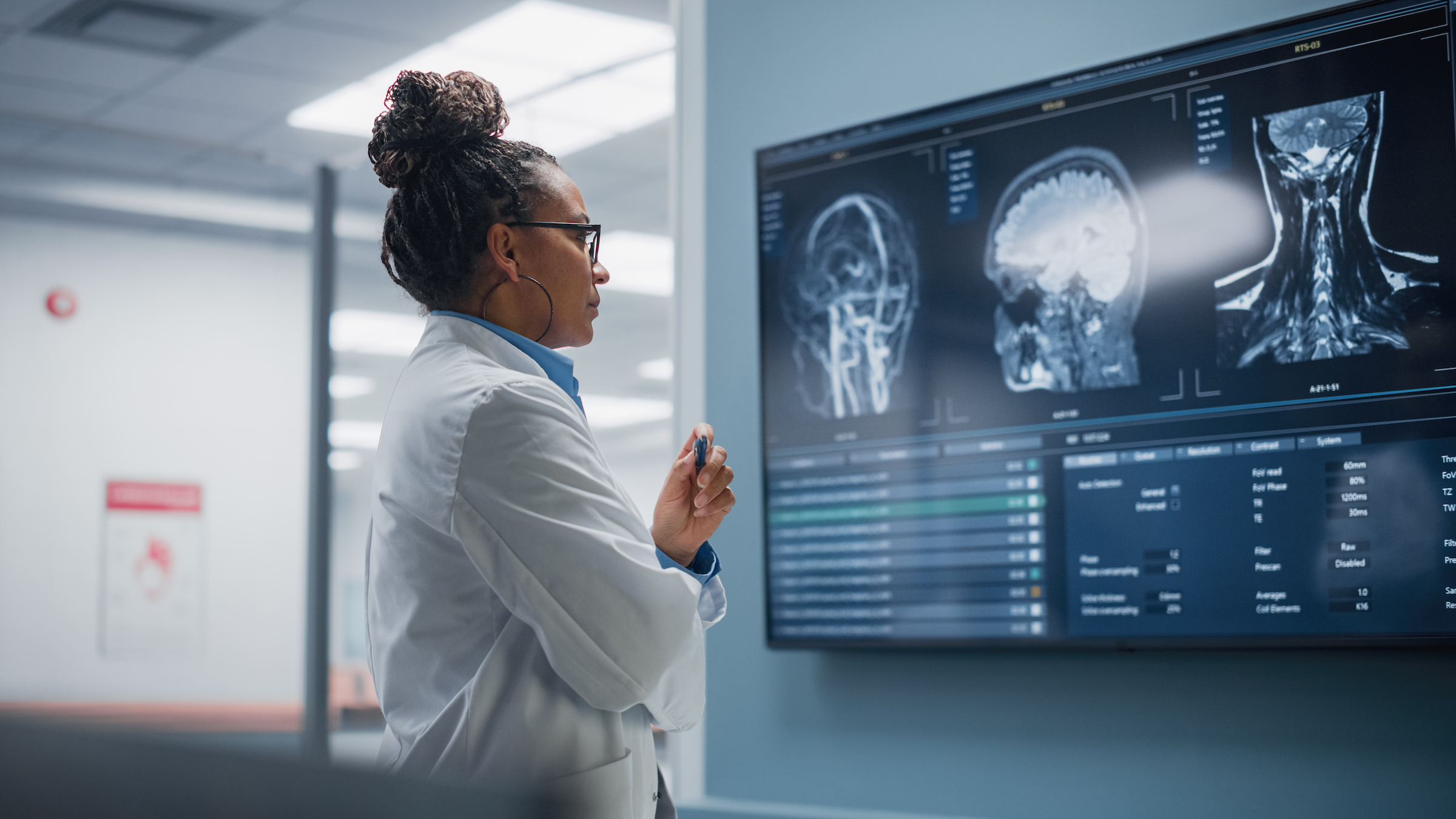Consumers traditionally have had only limited access to their health data. With the pandemic and remote care options that emerged from it, that paradigm has shifted. Healthcare consumers today are much more involved and play an integral role in their healthcare journey to improve health outcomes. Consumers understand their medical history, family history, genetic profile, and activity levels and how it can impact their health, but the question remains if healthcare and life sciences companies are able to keep up with these new consumer-centric demands of making data more easily accessible.
It goes without saying that data analytics is an integral part of providing better health outcomes. Healthcare and life sciences companies need to determine a strategy for deploying an analytics initiative to create a predictive model that supports healthcare consumers in more actively participating in their healthcare journey. Not only can this data be used to improve health outcomes for individuals, these analytics can also be used to support population health models to enhance outcomes for larger communities.
However, bringing this type of data together in a meaningful way is easier said than done. It’s a complex undertaking that poses a number of challenges.
Challenge 1: Merging disparate data sets
One of the biggest challenges in supporting the healthcare consumer’s desire for more data is that the two industries of healthcare and life sciences have focused on utilizing data for different needs. Life sciences companies have been focused on research and development and clinical trial management data. Their goal has been to develop new and improved therapies. Healthcare companies have been focused on healthcare outcomes and patient journeys. Merging the two disparate data sets is a massive undertaking and it is complicated. It will be complex and time-consuming, but it needs to be done.
Challenge 2: Bringing in real-world data
There is additional complexity at play and that is the real-world data challenge. Healthcare consumers have adopted wearable technology. From tracking steps on an Apple Watch or a Fitbit to monitoring glucose levels, consumers use a variety of disparate technologies. This presents a new challenge on how to bring it all together and standardize it from numerous platforms. Healthcare and life sciences companies need to invest in innovative platforms and technologies to not only unify the information but harness it.
Challenge 3: Attracting the right talent
Another hurdle is finding talent with expert skillsets to aggregate the data and make it meaningful. Just having access to all this valuable data is a step in the right direction in improving health outcomes. However, the ultimate goal is to get deeper insights from your data. To be able to do that companies need to find, attract, and retain people with the right skills to analyze the data and turn it into meaningful and actionable information and harness insights that enable consumers to make better health decisions.
These challenges are certainly complex, but they are not unsolvable. There are steps you can take today to move in the right direction and ensure you are ready to respond to consumer expectations. Register for our webinar Personalized Precision Care and the Convergence of Healthcare and Life Sciences to hear Argano experts discuss this topic in more detail.






